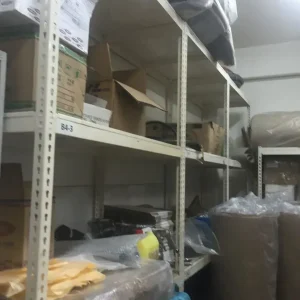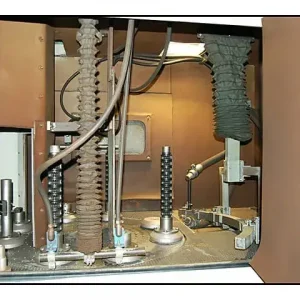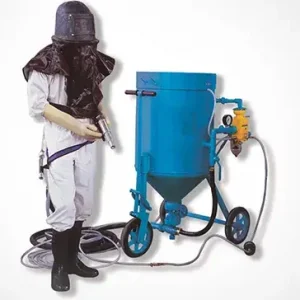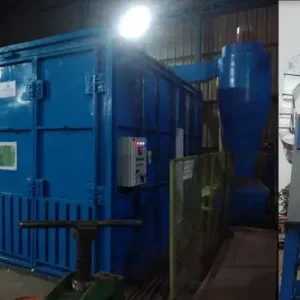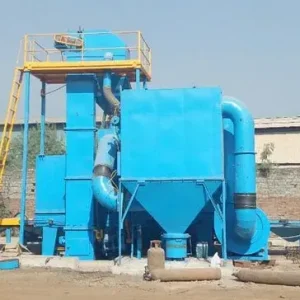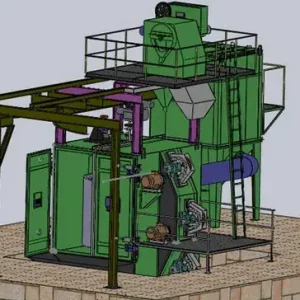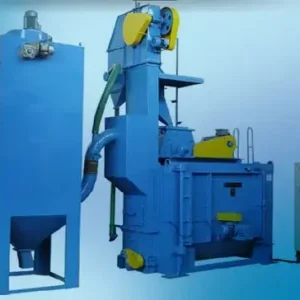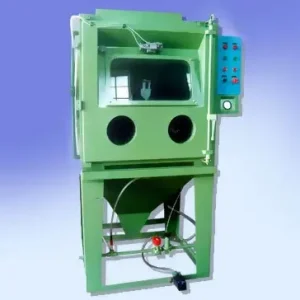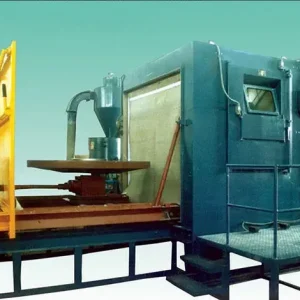When it comes to surface preparation and abrasive cleaning, two popular methods are blast room systems and open blasting. Both techniques remove rust, paint, scale, and contaminants from metal or concrete surfaces, but they differ significantly in setup, safety, efficiency, and environmental impact.
Let’s understand how they work and which one is better for industrial applications.
What Is Open Blasting?
Open blasting, also known as field blasting, is performed in open spaces like construction sites, shipyards, or outdoor workshops. The abrasive material is propelled at high speed through a nozzle to clean the surface.
It’s a simple and flexible method — ideal for large structures such as tanks, bridges, and pipelines where it’s not possible to move components into a blast room.
Advantages of Open Blasting:
- Suitable for large or fixed structures.
- Easy to set up at on-site locations.
- Low initial investment in equipment.
Disadvantages:
- Generates a lot of dust and noise pollution.
- Difficult to collect and reuse abrasive material.
- Exposes operators to higher safety and health risks.
- Often non-compliant with environmental regulations.
What Is a Blast Room?
A blast room is an enclosed chamber designed for controlled sand blasting. The environment allows operators to blast large components while containing dust and debris inside the room.
Modern blast rooms, like those developed by Aerowheel Surface Finishing, feature abrasive recovery systems, dust collectors, and efficient ventilation to ensure a clean, safe, and reusable blasting process.
Advantages of Blast Rooms:
Comparing Prices Among Shot Blasting Machine Manufacturers
Choosing the Right Sand Blasting Machine for Your Business
Innovations in Shot Blasting Machines (2025–2026)
- Cleaner and safer operation.
- Recycles abrasive material, reducing operational costs.
- Consistent surface finish due to controlled conditions.
- Complies with environmental standards.
- Better visibility and working comfort for operators.
Disadvantages:
- Requires higher initial setup cost.
- Needs dedicated space for installation.
Blast Room vs Open Blasting – A Quick Comparison
| Factor | Blast Room | Open Blasting |
|---|---|---|
| Environment | Fully enclosed | Open and uncontrolled |
| Dust Control | Excellent (with dust collectors) | Poor |
| Abrasive Recovery | Automatic and reusable | Lost after use |
| Safety | High (with PPE and air filtration) | Moderate to low |
| Surface Consistency | Uniform and precise | Uneven due to external conditions |
| Cost Efficiency | Long-term savings | High recurring costs |
| Environmental Impact | Eco-friendly | High dust and waste |
Which Is Better?
If your goal is on-site surface cleaning for immovable structures, open blasting is convenient.
However, for consistent, safe, and environmentally responsible operations, a blast room is the better choice.
Industries looking for long-term performance and cost efficiency prefer blast rooms because they:
- Ensure dust-free operation,
- Reduce abrasive waste, and
- Deliver a superior surface finish every time.
Final Thoughts
Both blasting methods serve important roles in industrial surface preparation.
However, blast rooms offer greater safety, efficiency, and sustainability, making them the preferred option for modern manufacturing and fabrication units.
At Aerowheel Surface Finishing, we design and manufacture advanced blast rooms that help industries achieve cleaner, faster, and more economical results — while staying compliant with Indian and global safety standards.








